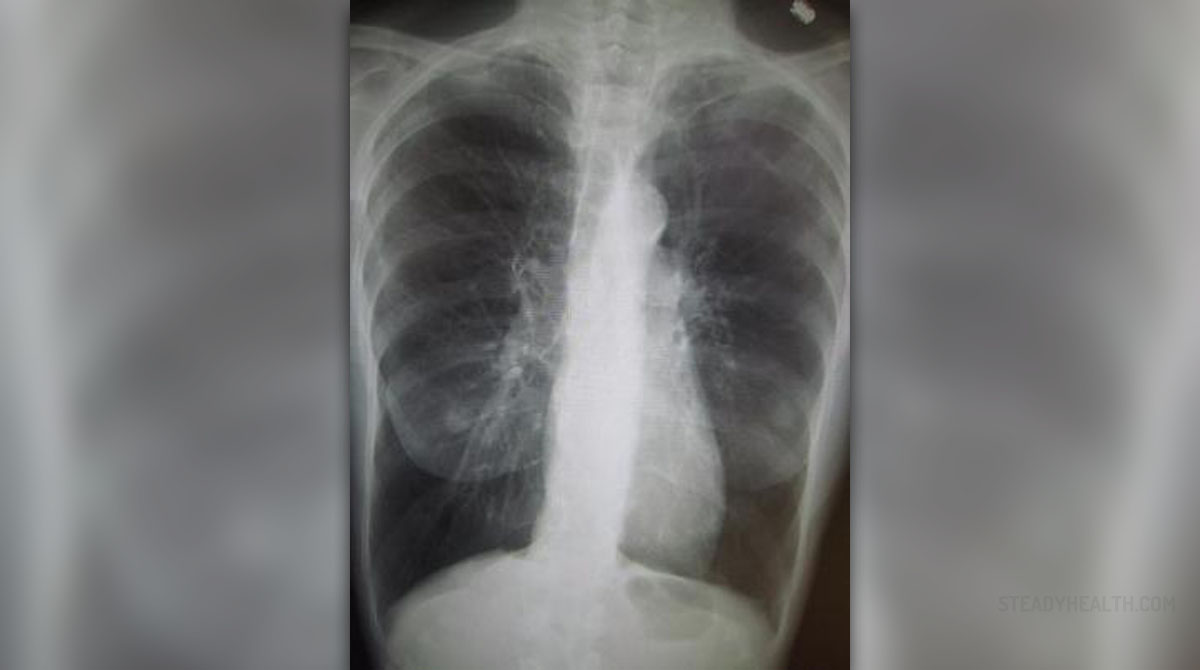
COPD refers to a group of lung conditions which features with loss of lung tissue necessary for proper exchange of oxygen and carbon dioxide or obstruction in the airways. These conditions eventually lead to shortness of breath and severe breathing difficulties. These illnesses are progressive and the symptoms and signs become more intensive and severe over time. Chronic bronchitis and emphysema are two main conditions of this kind. In majority of cases COPD is caused by long-term smoking. It may also affect people exposed to lung irritants and allergens.
Pathophysiology of COPD
Pathophysiology of COPD is rather complex. In fact, it has not been clearly understood yet. There are many factors engaged in damage to lung tissue and obstruction of the airways. Resistance to normal airflow is associated with mucociliary disorders, inflammation of the lung tissues and specific structural changes. In COPD general elasticity of the airways is lost and additional inflammation of the lung tissue together with excessive secretion of mucus makes proper exchange of oxygen and carbon dioxide rather difficult. Many studies have confirmed that chronic inflammatory response in the airways is the leading factor of development of COPD.
In COPD inflammation is induced by neutrophils, macrophages and lymphocytes. The very presence and activity of these cells as well as the presence of reactive oxygen and proteases enzymes causes direct damage to lung tissue. Inflammation leads to production of mucus. Accumulation of mucus does not allow the air to pass normally and it represents a risk factor for infections. Prolonged inflammation and repeated infection eventually cause irreversible damage to lung tissue. In COPD even the function of the cilia (cells responsible for elimination of mucus) is impaired and this additionally contributes to accumulation of secretions.
In chronic bronchitis a reduction of airflow is a consequence of the presence of excess mucus and secretions which simply cannot be eliminated while emphysema features with permanent loss of alveoli, structures in charge with direct oxygen and carbon dioxide exchange.
Symptoms and Treatment for COPD
Symptoms of COPD develop as a consequence of all the previously mentioned and they include a chronic, persistent cough, wheezing and shortness of breath. People suffering from COPD are highly susceptible to infections which additionally interfere in normal respiration and lead to further damage of lung tissue.
The goal of treatment for COPD is to control the symptoms, improve one's quality of life and slow the progression of the disease. It is also essential to prevent exacerbation of the disease and further complications. People suffering from COPD may benefit from many medications including antibiotics, bronchodilatators, corticosteroids, oxygen therapy etc.








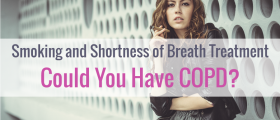
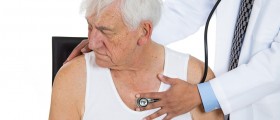
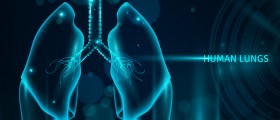



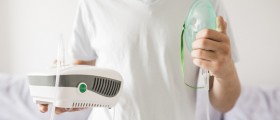


Your thoughts on this
Loading...